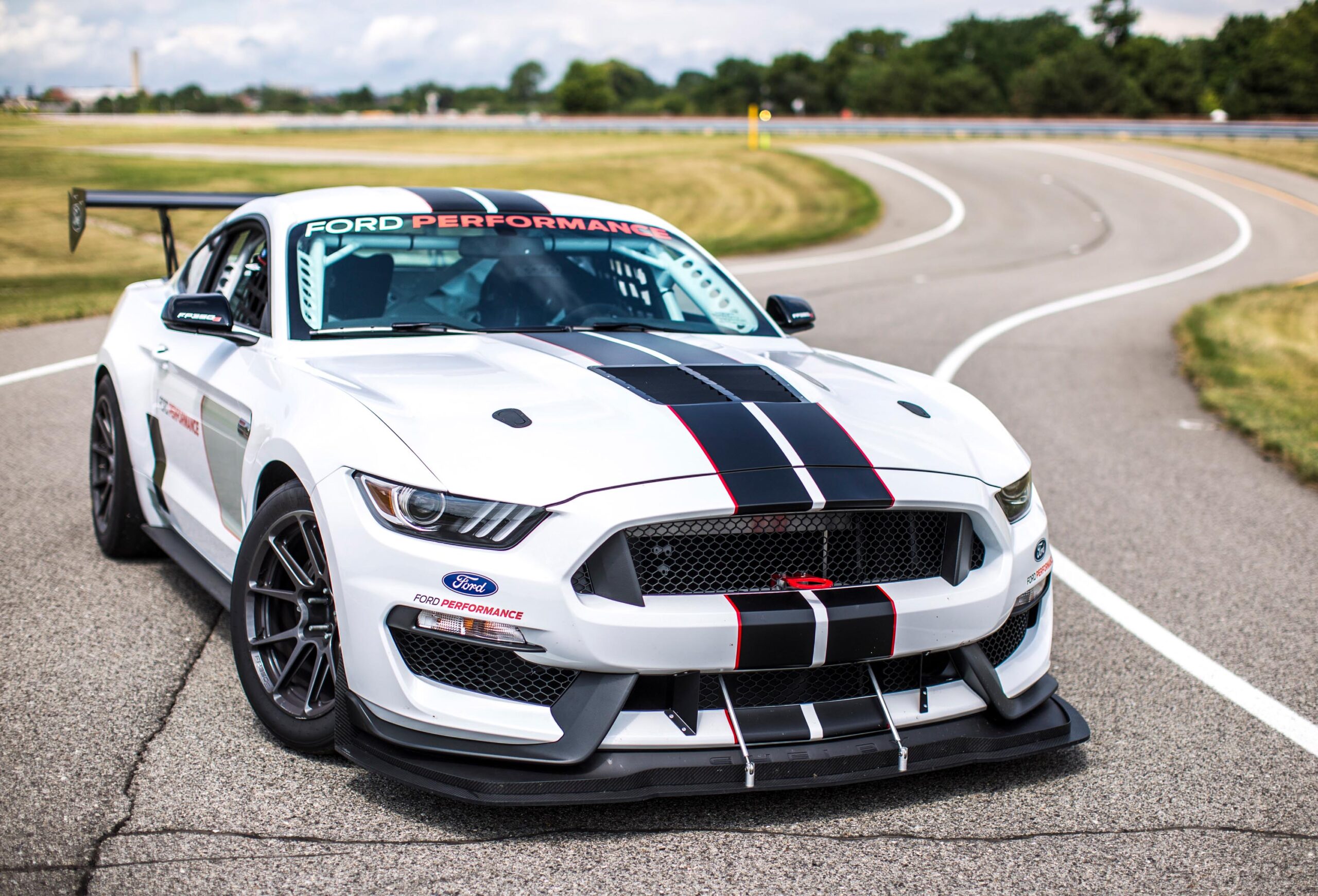Elite Squad of Ford Performance Test Drivers Helps Make All Ford Cars Better

DEARBORN, Mich., Aug. 15, 2018 – Donning a fire suit and helmet, strapping into a 500-plus-horsepower race car and taking it onto a test track to top out at more than 190 mph is part of an average workday for an elite squad of Ford’s high-performance driving engineers.
These engineer drivers – known as tier-four test drivers – deploy their finely honed skills to take Ford Performance vehicles to their limits of traction, power and speed in order to ultimately apply their learnings to developing the company’s mainstream vehicles.
“Not only are these elite Ford Performance drivers the best of the best, many of their peers believe they have the company’s coolest jobs in that they get to bring their enthusiasm, technical know-how and racing expertise to work every day,” said Ben Maher, technical specialist, global driver safety and leader of Ford’s internal driver qualification program.
Of the more than 10,000 specially rated test drive engineers at Ford, only about 20 at any moment have completed the rigorous training and certification to qualify for tier-four status. To keep the team competitive, Maher leads a peer committee that identifies and nominates candidates from among the stable of tier-three drivers who have demonstrated readiness for the next level of training.
High-performance classroom
Having the right tool to stay competitive and agile at the track is critical to ensuring Ford’s tier-four drivers remain at the top of their game. The latest tool that Maher and Andy Vrenko, vehicle dynamics engineer, Ford Performance Parts, have turned to is a limited-edition Mustang FP350S track car.
Aside from a full roll cage and second seat, the FP350S has a 50-channel data acquisition system that allows drivers to gauge their performance down to minute details – such as steering wheel angle, brake pressure and even the transition time between throttle and brake pedal. All of this is extremely helpful in providing individualized instruction as well as ensuring the driver meets the objective requirements to be a tier-four driver.
“The performance limits of the FP350S are so high that to master it, vehicle control needs to become automatic,” said Maher. “High-limit driving becomes intuitive to the point that when one of these drivers gets in another vehicle, they are freed up to observe more of what’s happening at the vehicle level.”
Distilling lessons from high-performance vehicles to high-volume vehicles
Because Ford regularly rotates engineers between Ford Performance and its product engineering teams, technology and durability learnings are quickly transferred from various motorsports programs to Ford Performance products and then to the company’s entire product lineup.
These lessons include EcoBoost engine innovations and advanced drive mode technologies developed in the Le Mans-
winning Ford GT, Baja-proven F-150 Raptor and track-capable Mustang Shelby GT350 programs that now are offered on vehicles such as the new Edge ST, Expedition and F-Series.
“We are fortunate to have such fire-breathing enthusiasts who live to make our Ford Performance vehicles world-class, then can take that know-how to our mainstream offerings so all of our customers benefit,” said Hermann Salenbauch, global director, Ford Performance vehicle programs. “It’s an age-old industry mindset, you can’t create great performing products without the commitment and passion of the people behind them.”






